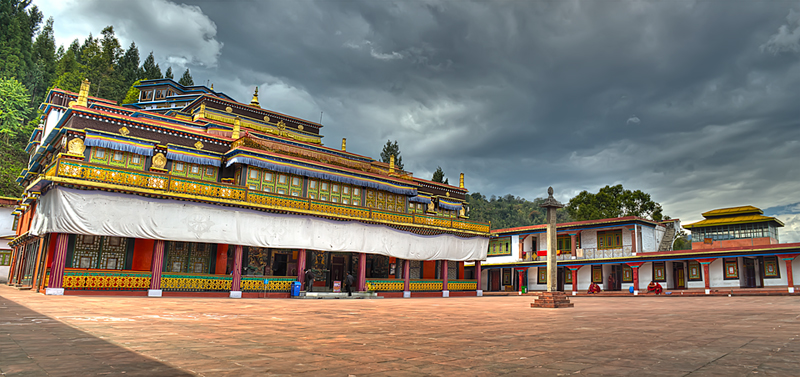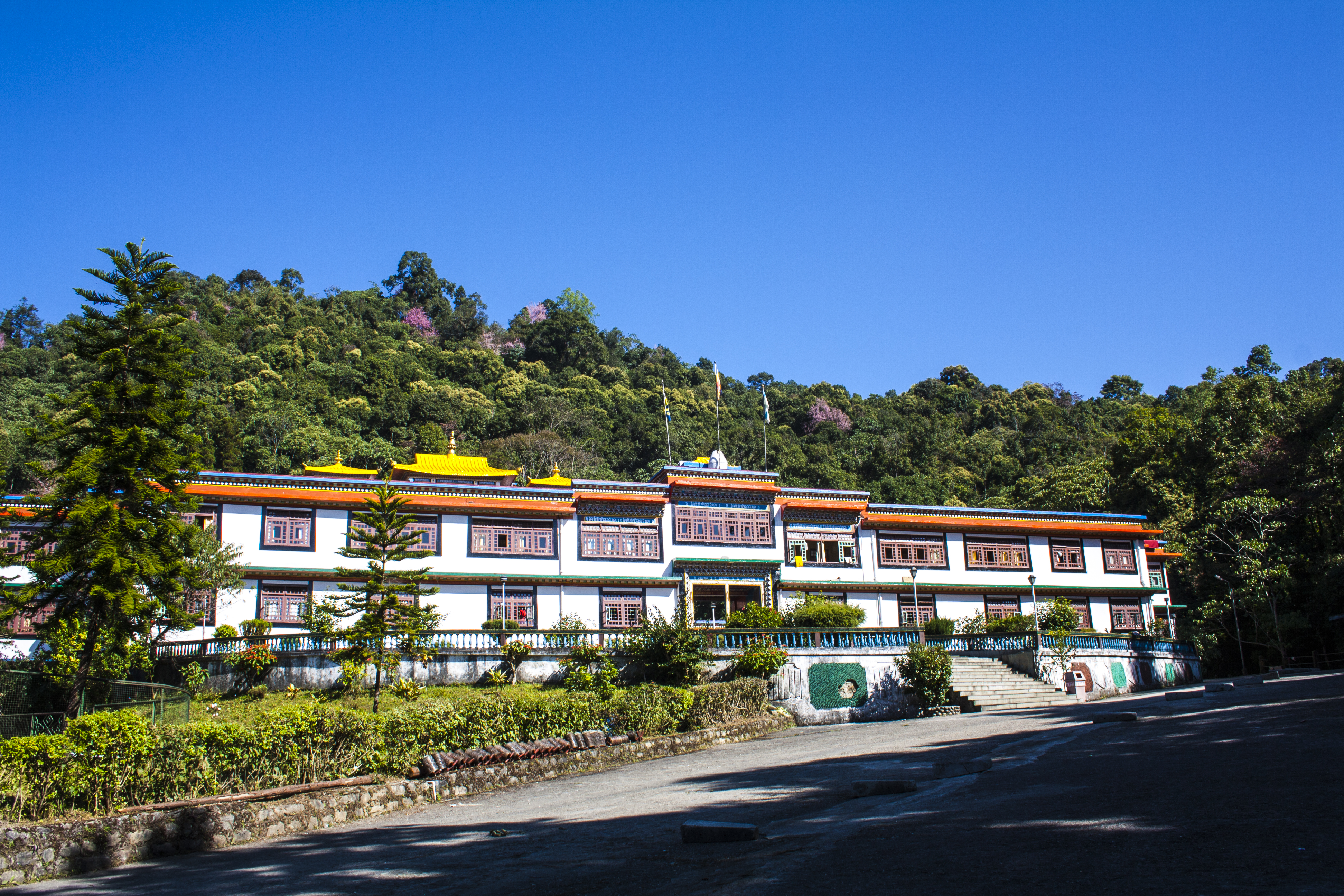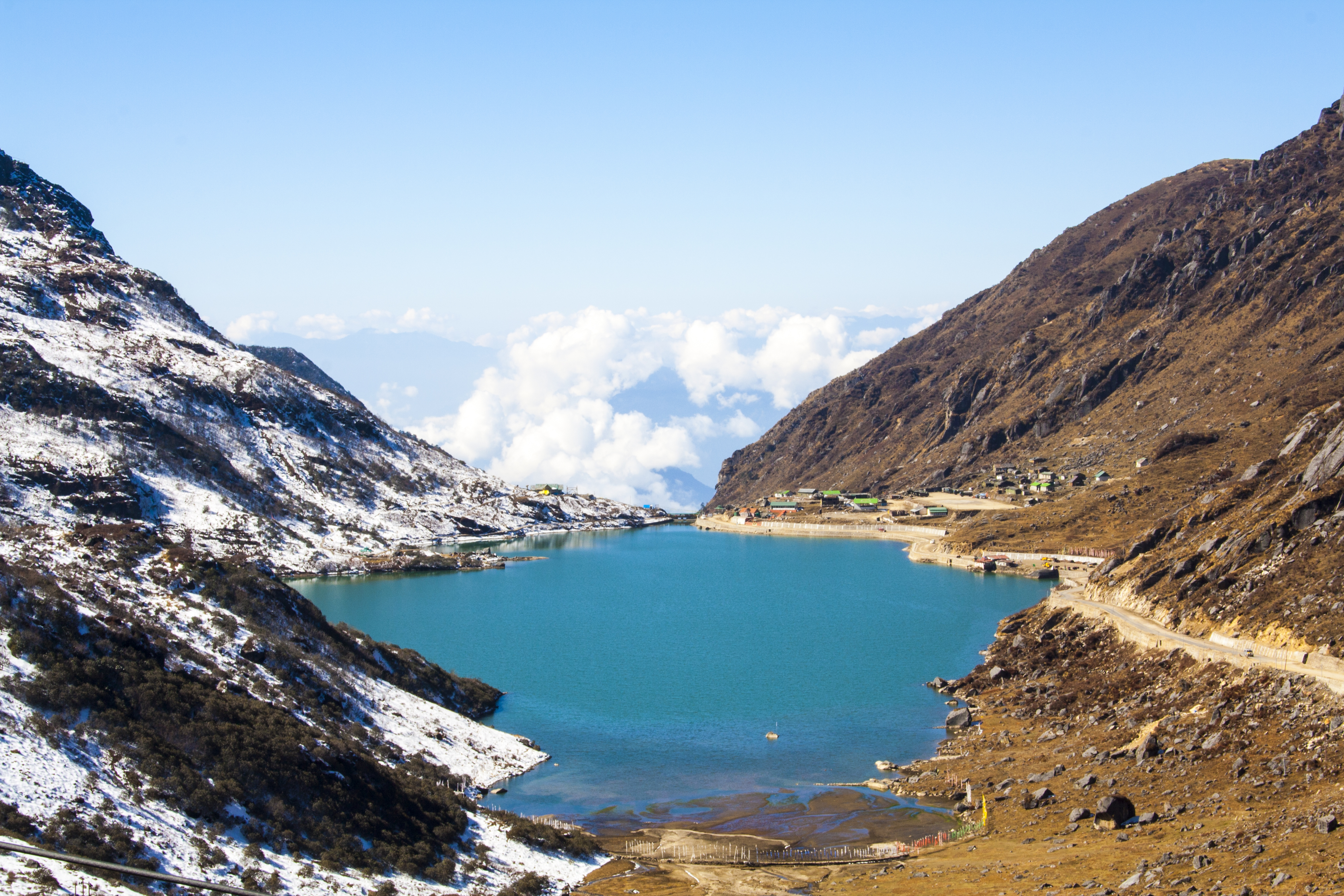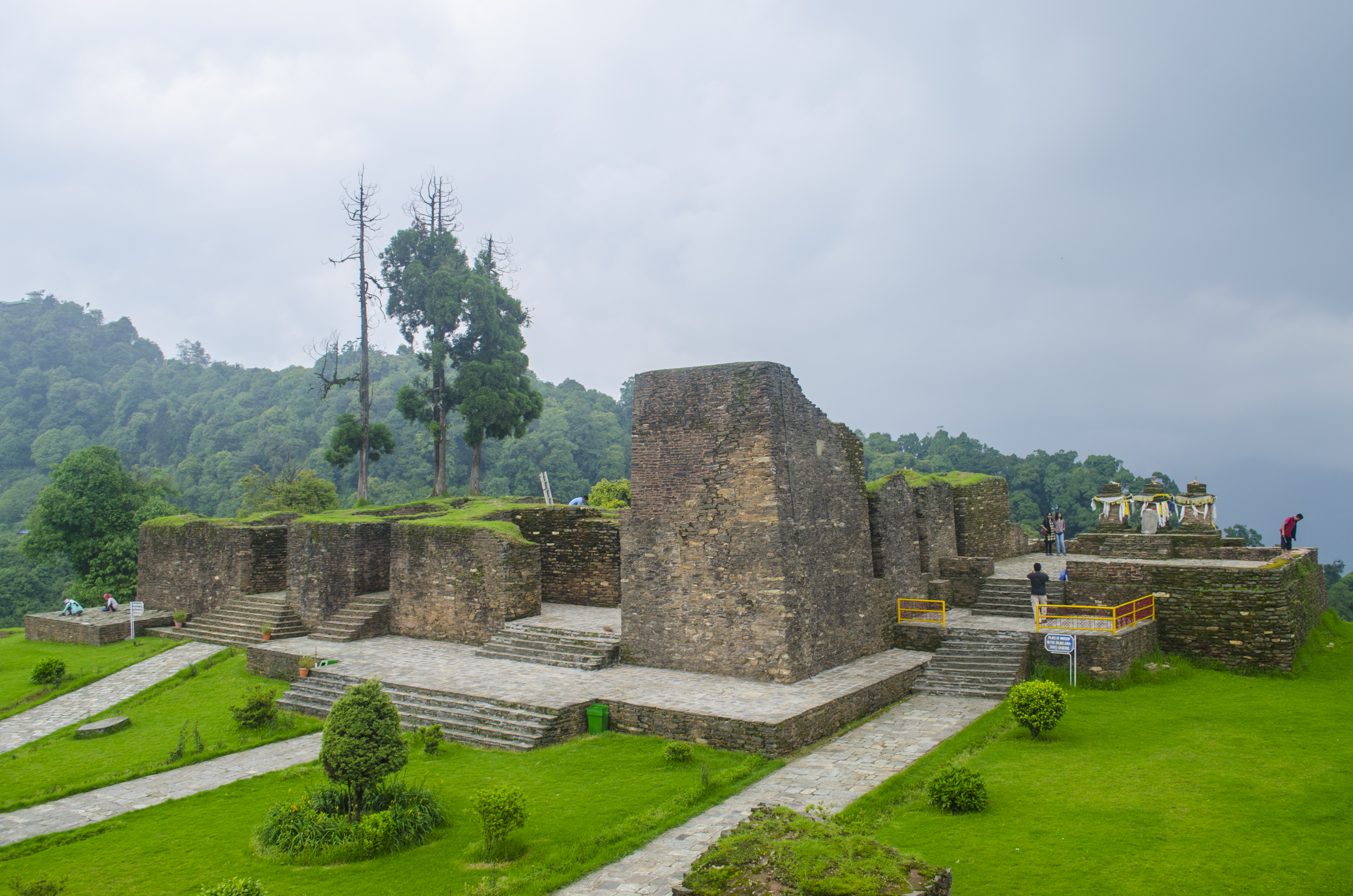Rumtek Monastery stands as a profound testament to the resilience and spiritual depth of Tibetan Buddhism, nestled in the serene landscapes of Sikkim. Its origins trace back to the 16th century, when the ninth Karmapa, Wangchuk Dorje, first established the original monastery, marking a significant moment in the spiritual trajectory of the region. The site had long been considered sacred, attracting monks and spiritual seekers long before its formal establishment.
The monastery's most transformative period came in the 1960s, when the 16th Karmapa, Rangjung Rigpe Dorje, escaped Tibet following the Chinese invasion and chose Rumtek as a sanctuary for preserving the authentic traditions of Tibetan Buddhism. This was not merely a physical relocation but a profound spiritual migration, intended to safeguard the rich cultural and religious heritage that was under threat in Tibet. The Karmapa's decision to rebuild the monastery represented a powerful statement of cultural survival and spiritual continuity.
Architecturally, Rumtek is a stunning embodiment of traditional Tibetan design, with intricate murals, prayer wheels, and statues that tell complex spiritual narratives. The Golden Stupa, the monastery's main prayer hall, houses ancient manuscripts and sacred relics that offer glimpses into centuries of Buddhist wisdom and practice. Every architectural element is carefully crafted to create an environment of spiritual harmony and cultural significance.
The monastery's significance extends far beyond its physical structure. It serves as a critical center for the Kagyu lineage of Tibetan Buddhism, hosting numerous rituals, festivals, and spiritual practices that maintain living traditions. Celebrations like Losar and Dungdrub Puja are not merely events but profound expressions of cultural identity and spiritual renewal, attracting pilgrims and scholars from around the world.
The royal family of Sikkim, known as the Chogyals, played a crucial role in supporting and sustaining the monastery. Their patronage was not just material but deeply spiritual, reflecting the intricate relationship between religious institutions and political leadership in the Himalayan region. This support helped Rumtek become more than a religious site—it became a symbol of cultural preservation and spiritual resilience.
Throughout its history, Rumtek has also been a site of complex sectarian dynamics within the Karma Kagyu lineage. These internal tensions reflect the nuanced and sometimes challenging landscape of Tibetan Buddhist institutions. Yet, despite these challenges, the monastery has maintained its core mission of preserving and propagating Buddhist teachings and cultural practices.
The monastery continues to be a vibrant center of spiritual and cultural activity. It houses some of the rarest Buddhist art objects globally and remains a critical institution for understanding and practicing Tibetan Buddhist traditions. The continuing presence of monks, scholars, and pilgrims ensures that Rumtek remains a living, breathing repository of spiritual knowledge and cultural heritage.
In the broader context, Rumtek Monastery represents more than a religious institution. It is a powerful narrative of survival, preservation, and spiritual continuity. Its story is intimately connected with the larger struggles and triumphs of Tibetan culture in exile, making it not just a place of worship, but a profound symbol of cultural resilience and spiritual integrity.







